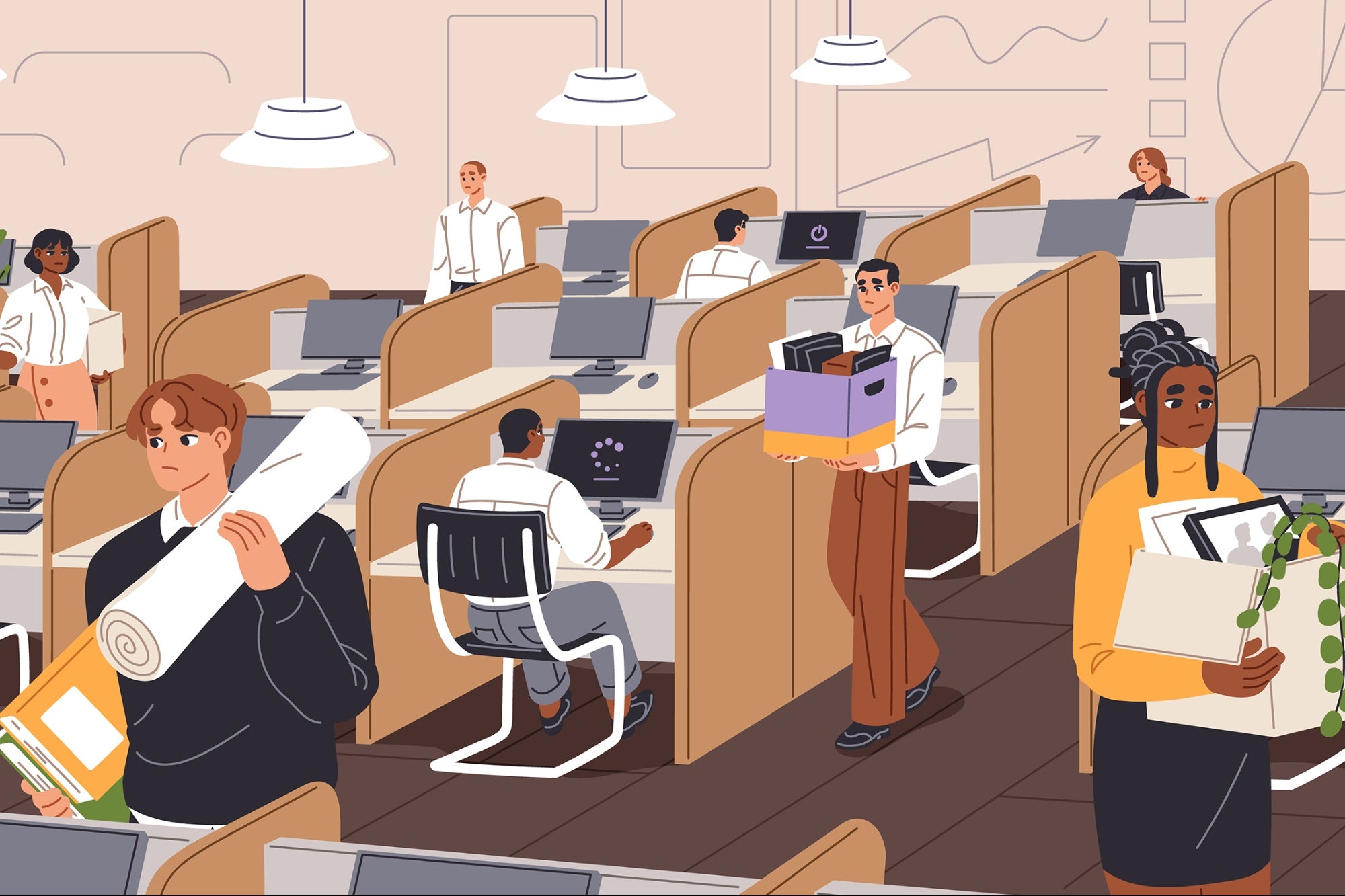3 Big Patent Moves That Won't Generate Real Value These missteps will waste your company's time, money and resources.
Opinions expressed by BIZ Experiences contributors are their own.
Sophisticated companies understand that intellectual property is important and, frequently, can account for 85 percent or more of a company's value. Without patent protection, competitors could (and would) freely copy their innovations. To competitors, such copying is simply good business. To the innovating company, however, unhindered copying can quickly wipe away corporate value.
But not all patents are created equal. Those that fail to block competitor access to a company's innovations can be valueless. On the other hand, patents that protect key technologies can generate sensational value, priming the company for an acquisition, an IPO, or simply success in the market.
Related: Protect Your Most Valuable Business Assets
Several common missteps prevent companies from harnessing the potential value of patents.
1. Putting technology before business.
The innovations that engineers produce are critical to technology companies. But obtaining patents based on what is interesting to a company's engineers, without consideration of its business goals, often results in patents that do not generate company value.
This situation may arise when a company's executives provide the direction, "We need patents" or an investor wants to "check the patent box." Whatever the cause, letting the technology dictate the patent strategy often results in patents that do not:
- Protect the company's revenue streams
- Cover key features most likely to be copied by competitors
- Have broad enough coverage to prevent "design arounds" from competitors
2. Patenting invisible features.
Patents directed to "invisible" features may have little value. These patents are aimed at specific algorithms or technologies buried in the depths of source code, rather than features that end-users directly interact with and perceive.
Related: Have a Brilliant Idea? How to Keep it Safe. (Infographic)
Why does feature visibility matter? Infringement is easier to detect and prove for patents covering visible features. Identifying infringement of "invisible" features, however, can be difficult or impossible, which can render a patent valueless.
Meanwhile, monetary damages and royalties are more readily available for patents covering popular, outward-facing features than those that cover features unknown to customers. As the recent smartphone wars illustrate, patents covering visible features of a user interface may be significantly more valuable than patents directed to behind-the-scenes algorithms for driving the features.
3. Choosing quantity over quality.
Prioritizing the quantity of patents over the quality of patent-blocking positions is usually ineffective, and the cost of such a strategy is often prohibitive. Yet many companies wield a shotgun approach to patents, hoping to have so many that a competitor must infringe at least one.
Smart companies and investors know, however, that a patent is only as good as the strength of the blocking positions it provides. Even one patent that effectively prevents a competitor from practicing a key technology generates immeasurably more value than a mountain of patents covering trivial or easily avoidable features.
A strategy that is laser-focused on locking up features that others will need to compete is both more effective in boosting the bottom line, and less costly, than a scattershot approach to patenting.










